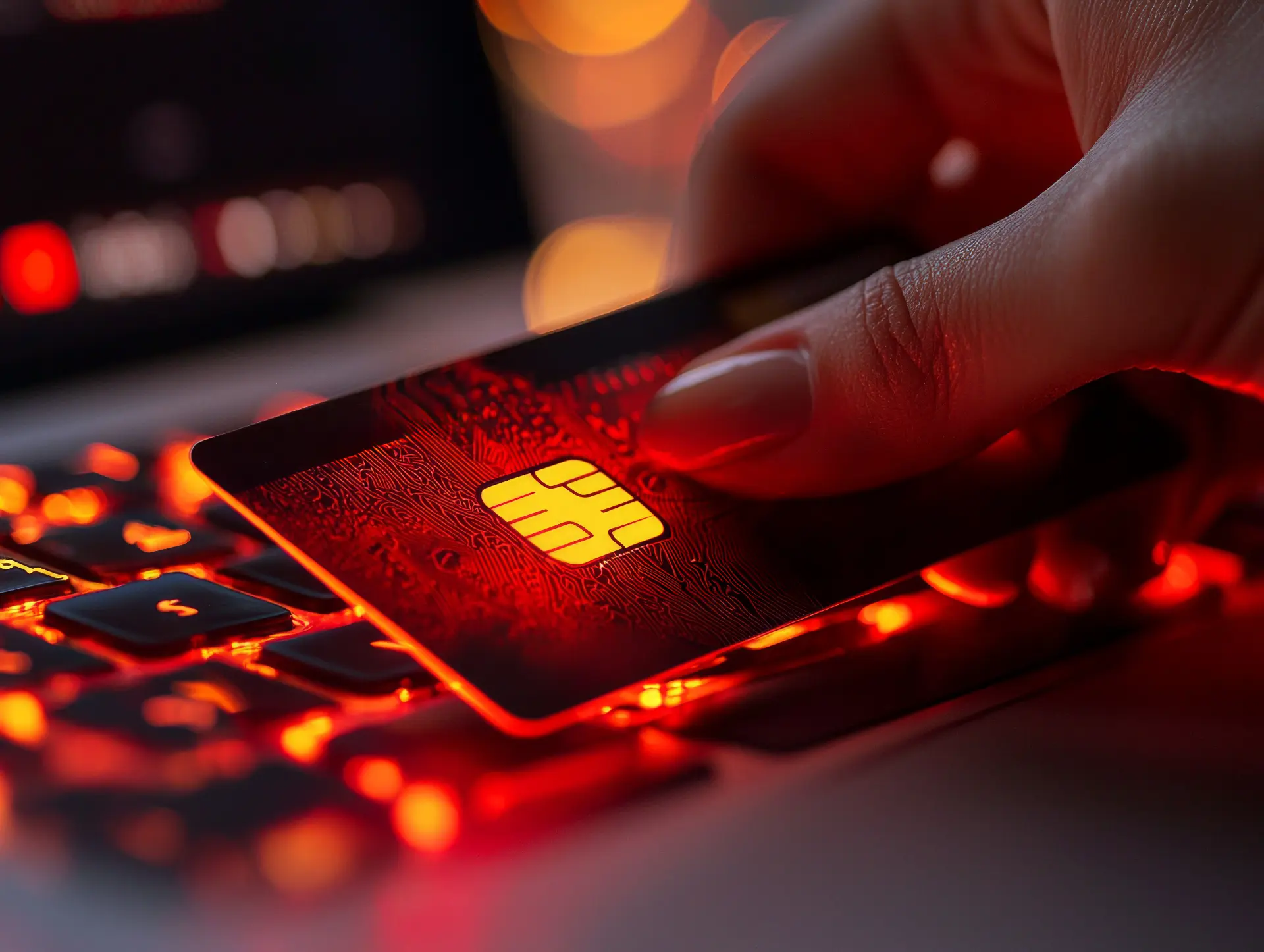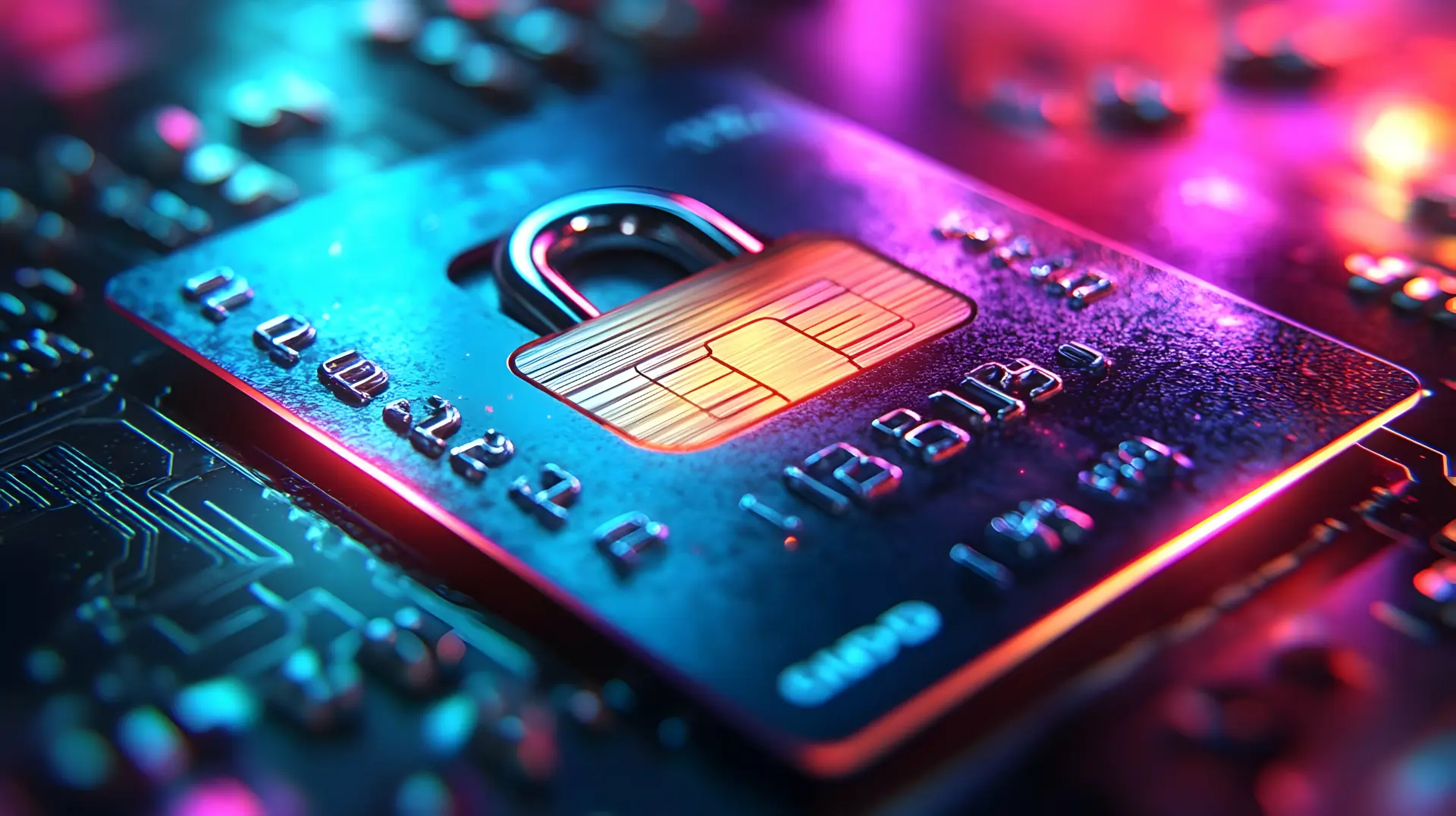Table of contents
- Online fraud: what it is and how it works
- Types of online fraud
- How to protect yourself from online fraud
- How to report online fraud
Online fraud is an increasingly widespread and sophisticated phenomenon. Cybercriminals use various methods to deceive users and obtain sensitive information, money, or access to their bank accounts. Fraud techniques are constantly evolving, and anyone can fall victim to fraud if they do not take the right precautions.
In this article, we will explore the main types of fraud, how to recognize them, and, most importantly, how to protect yourself. Knowing how to report online fraud and who to contact in case of fraud can make the difference between limiting the damage or suffering severe losses.
Online fraud: what it is and how it works
Online fraud is a fraudulent activity carried out via the internet to steal sensitive information, login credentials, or money from victims.
These scams can be highly sophisticated and exploit advanced psychological manipulation techniques to deceive users. In many cases, fraudsters may impersonate trusted institutions, friends, or even family members to get what they want.
Cyber fraud exploits multiple channels to target victims, including:
- Email
Scammers send messages that appear to come from banks, government agencies, or companies to trick victims into providing personal data.
- Social networks
Users may be contacted through fake profiles attempting to build trust to obtain sensitive information.
- Fake websites
Some sites are designed to look identical to legitimate company websites, tricking users into entering their login credentials.
- Malicious apps and software
Malware can be installed on users’ devices to collect data without their consent.
Cybercriminals use social engineering strategies, which are psychological techniques designed to manipulate people into taking harmful actions without realizing it.
Example
They might simulate an emergency to push victims into quickly providing their card number or transferring money without verifying the authenticity of the request.
Furthermore, fraud is evolving rapidly. Technologies like artificial intelligence and deepfake are increasingly being used to make scams more convincing and harder to detect. This is why you must always stay alert and informed about new ways fraudsters attempt to deceive users.
Types of online fraud
Phishing: the most common scam
Phishing is one of the most widespread forms of cyber fraud. It involves sending emails, messages, or social media notifications that appear to come from trustworthy entities, such as banks, payment services, or well-known companies.
The goal is to trick victims into entering their login credentials, card numbers, or other sensitive information on a fake website.
Common examples:
- Emails requesting users to update their banking details via a fraudulent link;
- Messages impersonating delivery companies asking for payment of a supposed delivery fee.
Smishing and Vishing: phishing variations
- Smishing
Occurs via SMS.
Example
A message warns of a suspicious transaction on your account and invites you to click on a fake link.
- Vishing
Happens through phone calls where the scammer pretends to be a bank representative or technician to obtain confidential data.
Online payment fraud
Online fraud aimed at stealing sensitive data also occurs through fake online stores, credit card cloning, or unauthorized transactions.
Common examples:
- Purchasing from a website that never delivers the product;
- Entering credit card details on a fake site that steals the information.
Investment and cryptocurrency scams
These scams promise easy profits from financial investments, forex trading, or cryptocurrencies, but they are often pyramid schemes or “rug pulls,” where the creators disappear with investors’ money.
Romance scams
Fraudsters establish online relationships to gain victims’ trust and then ask for money.
Identity theft
Identity theft occurs when criminals use your personal data to open accounts, request loans, or make purchases in your name.
Examples:
- Someone uses your tax ID to apply for a loan;
- A scammer creates a fake profile with your information to deceive others.
Marketplace and classified ad scams
Scams on marketplaces like eBay or Facebook Marketplace are becoming more frequent. These can include selling non-existent products or fraudulent payment requests.

How to protect yourself from online fraud
- Do not click on suspicious links
Always verify the source before entering personal data.
- Check email and SMS senders
Reputable companies never ask for sensitive data via message.
- Use secure payment methods
Prepaid cards or PayPal offer more protection than bank transfers.
- Enable two-factor authentication (2FA)
Adds an extra layer of security to online accounts.
- Check reviews and opinions
Before making a purchase online, look for feedback from other users.
- Be wary of deals that seem too good to be true
If it sounds too good to be true, it’s probably a scam.
- Protect your personal data
Do not share confidential information with strangers online.
How to report online fraud
If you have been a victim of online fraud, act immediately:
- Contact your bank
Block any suspicious payments and change your credentials.
- Report the incident to authorities
In Italy, you can contact the Postal Police.
- Change your passwords
If you provided sensitive data, update your credentials immediately.
- Monitor your accounts
Regularly check bank statements and transactions.
Questions and answers
- How can I recognize online fraud?
Always check the sender of emails or messages and be wary of urgent requests for money or personal data. - What should I do if I fall victim to online fraud?
Immediately contact your bank, change compromised credentials, and report the incident to the authorities. - How can I protect my bank account from cyber fraud?
Use two-factor authentication, regularly check transactions, and never share your credentials. - Who should I contact in case of online fraud?
In Italy, you can contact the Postal Police or Europol for international fraud cases. - Can online fraud be prevented?
Yes, by adopting security measures such as using strong passwords and being cautious of suspicious offers. - Are social networks safe?
It depends on your privacy settings. Avoid sharing too much personal information. - What should I do if I receive a phishing email?
Do not click on links and report the message as spam. - Can I recover money lost in an online fraud?
In some cases, banks reimburse customers, but it depends on the circumstances. - What are the signs of a fraudulent website?
Suspicious URLs, lack of contact information, and overly attractive deals. - How can I protect my email inbox from scams?
Use spam filters, do not open suspicious emails, and enable two-factor authentication.
